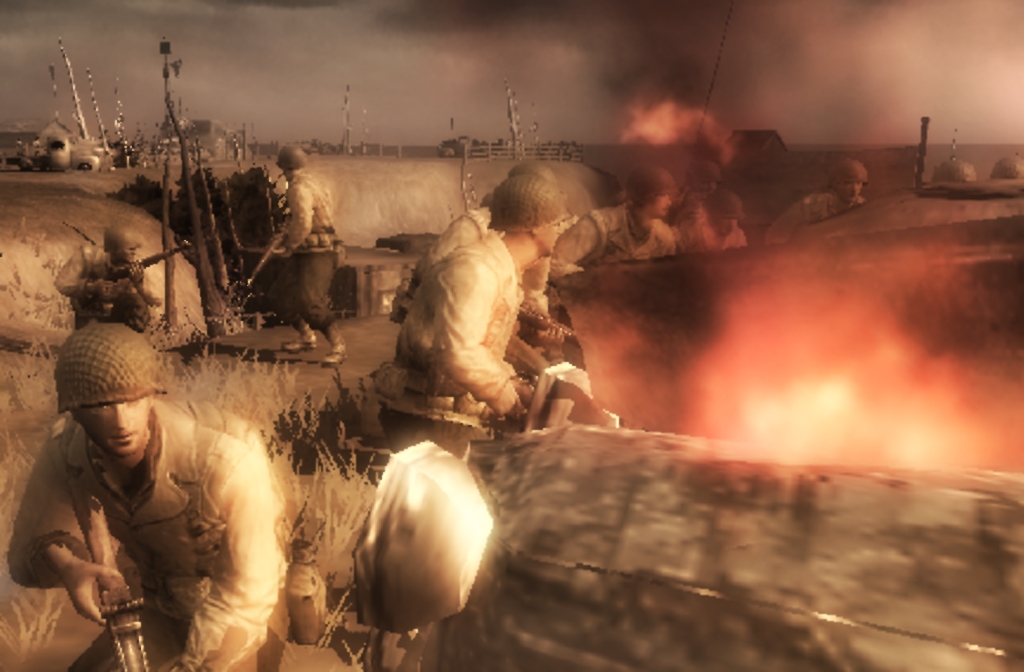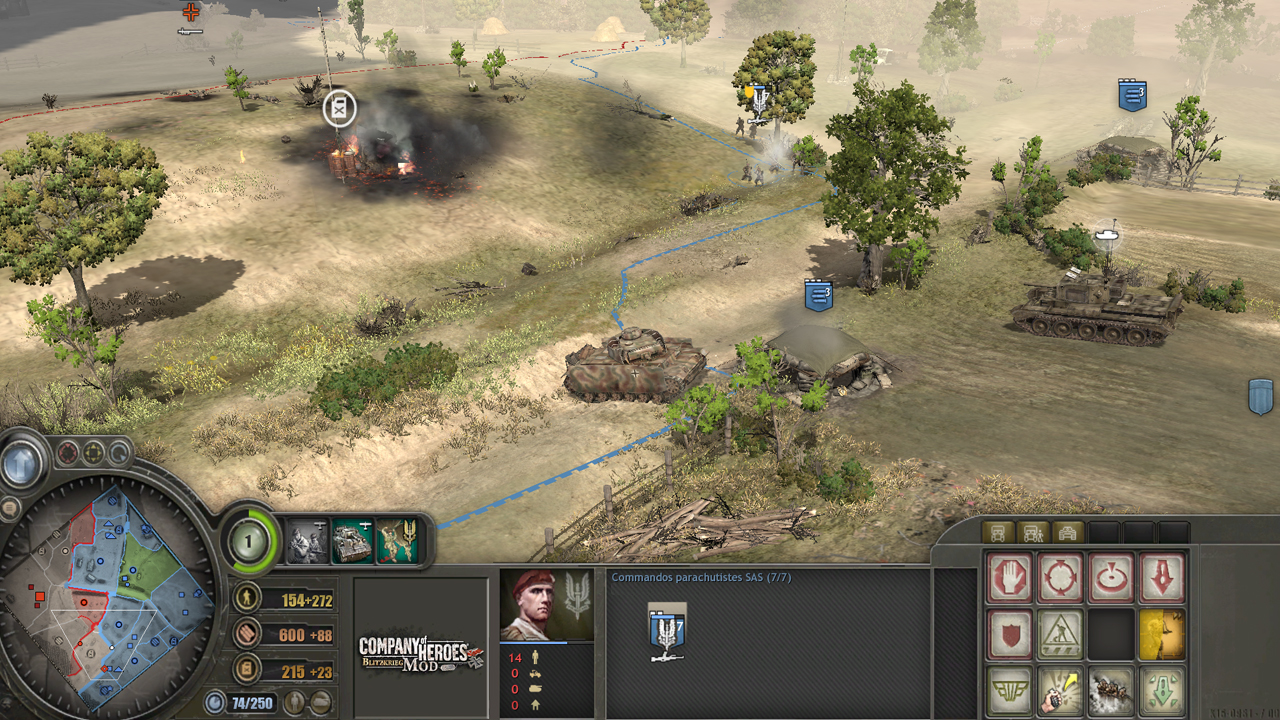Company Of Heroes Realism Mod

WIZARD TUTORIAL - SKIN PACKThe skin pack wizard in the can be used to generate the appropriate file structure for a new. This guide will walk you through its usage. Also, don't forget to have a look at the paired.Running The Wizard.

Launch the. Click File and select New. In the New Mod dialog, select SkinPack for Type and click OK. Click the button beside the Mod File text box and select a location for your mod. You can save your mod anywhere, but it is recommended that you create a folder for it, e.g. C:modsmyskinmyskin.mod.
Enter in a Name and Description for your skin. This is the name and description that will show up in the Steam Workshop. If you have a Steam preview image for your skin, click the button beside the Preview Image text box and select it. It should be a image with a resolution of 280x280. You can add this image later time if you do not have one.
In the Attribute File text box, type an file name e.g. My Skin.xml (Include the.xml extension on the file name. This file will be located under your Mod File path after you generate the mod.). In the Icon Path text box, type an folder name: e.g. (this will be located under your Mod File path after you generate the mod.). In the Skin Path text box, type a skin folder name: e.g.
Company Of Heroes 2 Realism Mod

(this will be located under your Mod File path after you generate the mod.). Check the Clone checkbox for each skin you'd like to include in your skin pack. Typically a skin consists of a seasonal variant (summer/winter) of all the vehicles in a vehicle class (light/medium/heavy). Note: Several units are shared by the German factions. Be sure to look at the other faction to select all the required units. Click OK to complete the wizard.If you do not specify a full path for any paths other than the Mod File, the paths will implicitly be relative to your Mod File path.If you are editing a German faction (using units from both), you can limit which faction you intend your skin pack to be used for in the attribute editor when you are hooking up your icons.
More information is available in that section of the wiki.Your completed wizard might look something like this: Creating The Skins. Expand artarmiesvehiclesskins then double click your skin folder. Edit your skin files. This should be where the majority of your effort is spent.Source FilesBy default the wizard extracts the combined textures that shipped with the game.
These are difficult to edit. The source files are broken up into layers and can be downloaded via the Company of Heroes 2 Tools Data tool. To install Company of Heroes 2 Tools Data:. Launch Steam. Click Library then Tools. If you cannot find the Library menu, you may be in the wrong view. Click View and select Game Details.
Company Of Heroes 2 Realism Mod
Right click on Company of Heroes 2 Tools Data and select Install Game. Complete the install wizard. Once installed you can launch Company of Heroes 2 Tools Data which should automatically open a folder containing the files you need.Most files are PSD format. However, the British Army source is in Substance Designer Format. A 30 day free trial of is available, feel free to make and share PSD's from these files. MeshesRelic does not provide models or vehicle source at this time. However community member Valias over at has kindly extracted the models so you can paint in a 3D application to save time.has a free 30 day trial and can be a fun and effective way to paint in 3D.Due to imperfect extraction methods, the meshes vary significantly compared to their in-game counterparts, some more than others.
You should check the results in-game and then correct in a 2D painting program, such as Photoshop, afterwards. Consider importing a 'normal' file (See below: Layers for Beginners) into your 3D program as a reference to reduce unexpected errors.These are external links for 3D model downloads:.Understanding Skin Input and Outputs Understanding the Different Layer TypesWhen you open the Photoshop files, you will discover several different layer groups that all have separate functions: Layers for BeginnersHELPERS - Flattened out polygons that help you determine which areas to paint for each section of the vehicle. This group does not get exported. It is purely there to help you identify the constraints of vehicle painting areas (i.e. When you are just painting over unused gaps). Not present on some DLC units. Consider 3D painting if you need more help understanding the image in 3D context.
Other programs such as 3D Max can also help you examine your progress in a 3D context if you prefer 2D painting.DIFFUSE - How a surface looks from all angles (The standard colours and patterns of your skins). This is your main editing area.This group often contains a huge number of layers, many of which appear to add 'age' and realism to the vehicle. You may find it easier to turn them all off at first (there are shortcuts for this), import or create your custom layer(s), and then turn them on one-by-one afterwards to see which effects you like. Sometimes they have slightly useful names, but a lot of the time you have to visually examine them to determine their purpose. Note: Understanding masks will greatly help you apply 'worn paint' appearance. Layers for Experienced ModdersNORMAL - These are the bump mapping layers.
They make low polygon models look more detailed by displaying reflection of light the way a higher polygon model would.Unless you are experienced, you probably don't want to edit these layers. However, if exporting, you should select which ones are applicable to your skin. The main one you may want to enable/disable is the 'snowbuildcrunch' layer, depending on whether you are making a winter skin.